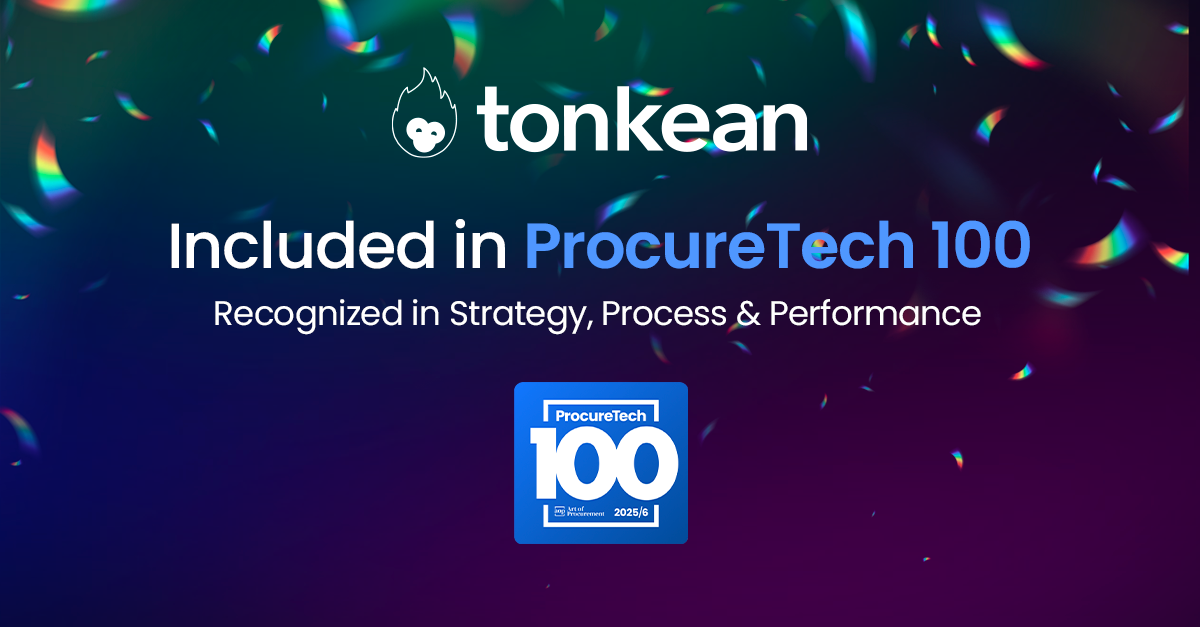
What is low-code? Over the last few years, it’s become commonplace to reference “low-code” technology and “no-code” technology in the same breath, as if they were the same thing — the same functional kind of company-changing technology, implementable at the same low, company-altering cost. Leah Solivan, the founder of TaskRabbit, suggested recently that “low-code/no-code” technology will “be the secret to fueling our economy’s recovery.” Vivek Goel of Quixy wrote that “no-code/low-code” solutions will together facilitate a holistic shift from “manual to digital for all systems.” Citing a Gartner report, he also predicted that low-code and no-code platforms will empower “non-IT employees” with “the ability to build applications” and ultimately become “citizen developers.”
Now, there’s good reason to be excited about the potential of both low-code and no-code technology. I was recently a guest on the Makerpad podcast, and as we discussed on the pod, used strategically, both no-code and low-code solutions will play big roles in manifesting a more efficient, empathetic, democratic, and resilient future of work. But here’s the thing: there’s a very real risk in combining low-code technology and no-code technology into the same catch-all term — implying they’re functionally equivalent.
Simply put, low-code solutions and no-code solutions are very much not the same things.
They serve two distinct purposes and create two distinct kinds of value. They also require meaningfully different strategies and mindsets to implement effectively. Ultimately, the differences are night and day. And ignoring what makes each type of solution unique threatens to undermine the potential future-changing utility of both.
So, what are the differences, logistically? To start, using low-code platforms effectively requires a significant amount of technical firepower. In any organization, to benefit from low-code application builders, for example, you’ll need lots of IT support, both in training, implementation, and troubleshooting. If you’re not an engineer, to either build an app using a low-code app builder or to make changes to such an app, you’ll need to jump through the same hoops — reaching out to IT or to an internal developer, waiting for the problem to be addressed, undergoing intensive training yourself — as when you need help using or fixing any other intricate piece of technology.
For non-technical personnel, to use low-code platforms effectively, you ultimately need to partner with an engineer. In a word, low-code platforms will not turn non-technical employees into nimble-fingered citizen developers.
The value of low-code is more grounded in what they make possible for the already-technical. Low-code platforms enable more dynamic levels of customization. Most make developers’ jobs easier because they reduce the amount of totally original code developers often need to write.
It’s helpful to think of it this way: low-code platforms enable already-technical people to do more with less. It’s a game-changer, and has immense potential — but it requires technical know-how. It’s best used in the hands of IT departments.
No-code software, on the other hand, is software that’s accessible by and valuable for non-technical personnel. No-code platforms are by and large tools that allow users to create apps and build workflows with the aid of drag-and-drop functionality. Typically, they don’t require end-users to understand how things work “under the hood.”
Ultimately, no-code platforms enable definitively non-technical people to harvest the potential of innovative technology — and build real applications and workflows on top of it — without lots of training or change management.
No-code is the technology that will, one day, enable “citizen developers” at scale.
No-code’s ease of use does not mean you can implement it into your operational infrastructure without strategy or care, however. Whether you’re talking low-code or no-code software, in fact, it’s important to recognize that neither will exact much value for your employees or for your organization unless they’re introduced with a mind for how they complement your essential, existing ecosystem of people, processes, and systems. No task, employee, department, or function exists in a silo. Every aspect of your company operates symbiotically. Your technology implementation strategy, then, must be holistic in scope.
You should also be targeted about who exactly you enlist to lead implementation efforts internally.
One example of an area in which no-code technology can deliver immense benefit is Operations. The reason is simple and tied to the importance of strategizing implementation efforts. Operations teams are intimately familiar with your company’s ecosystem of people, processes, and systems, and they’re best equipped to strategically and thoughtfully augment those things with technology solutions. And they’re best equipped to do that holistically, with a mind for how individual procedural changes impact stakeholders across the entire workflow.
At the end of the day, no-code and low-code technology really will play key roles in helping all of us design a future of work that’s not only more effective but more enjoyable and accessible. There’s a reason the market for these technologies is projected to balloon to $45.5 billion by 2025.
But if you’re shopping for either no-code or low-code platforms at the moment, and if you’re hoping for them to meaningfully impact your business right now, it pays to understand the differences between the two. Certainly, it’s smart to understand who each kind of solution is designed for, and what kind of support and technical investment each ultimately entails.
The differences are dramatic.
Want to learn more about what no-code can do for you? Click here

